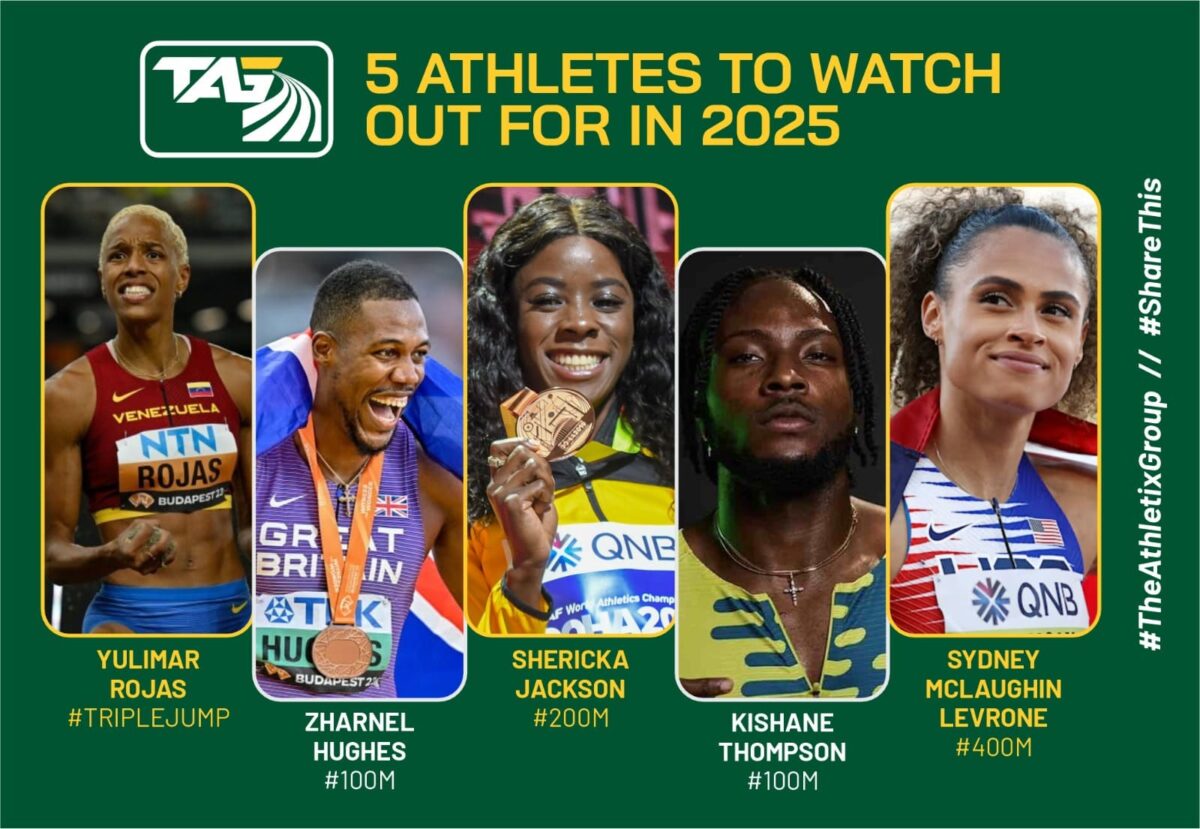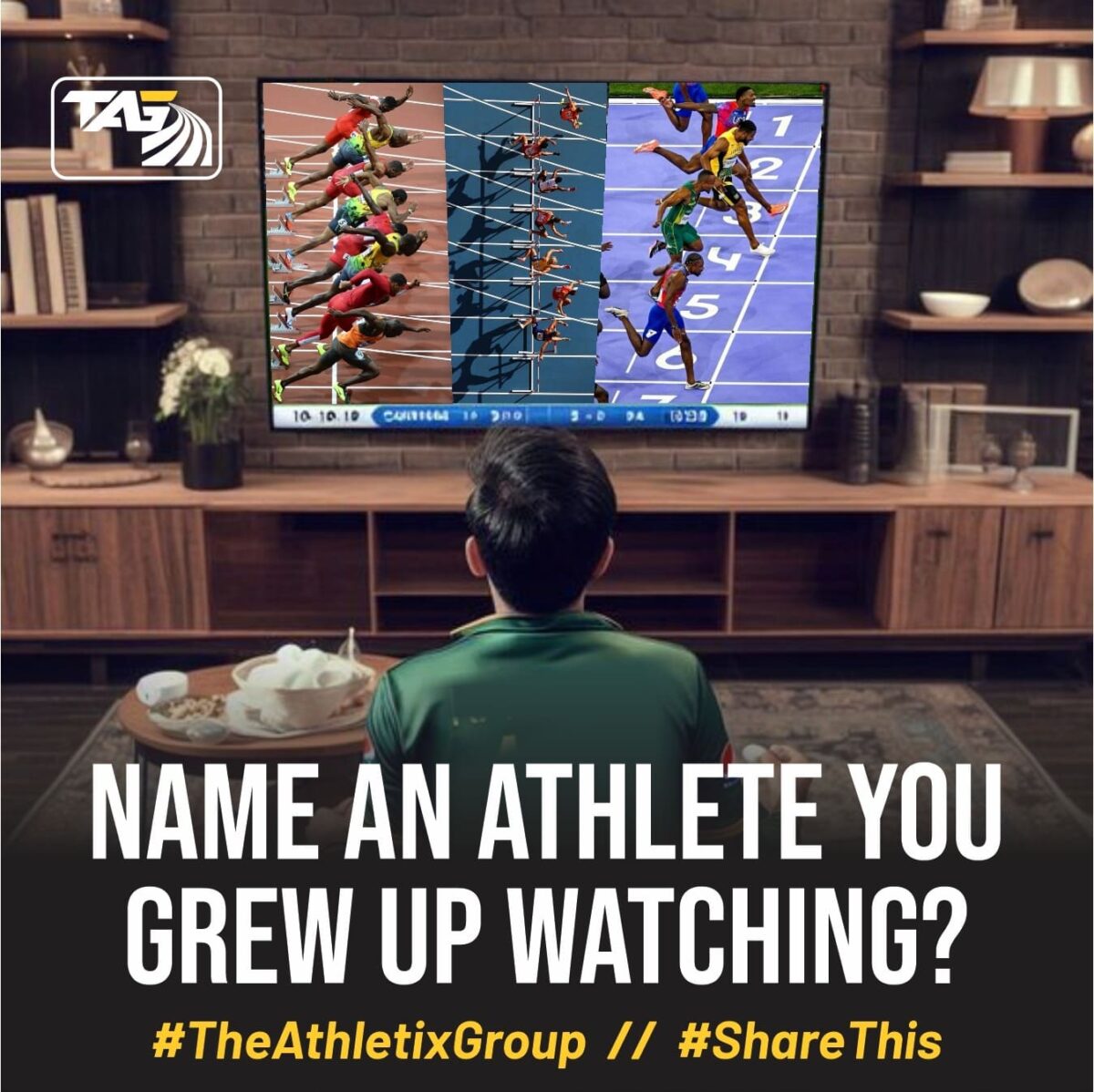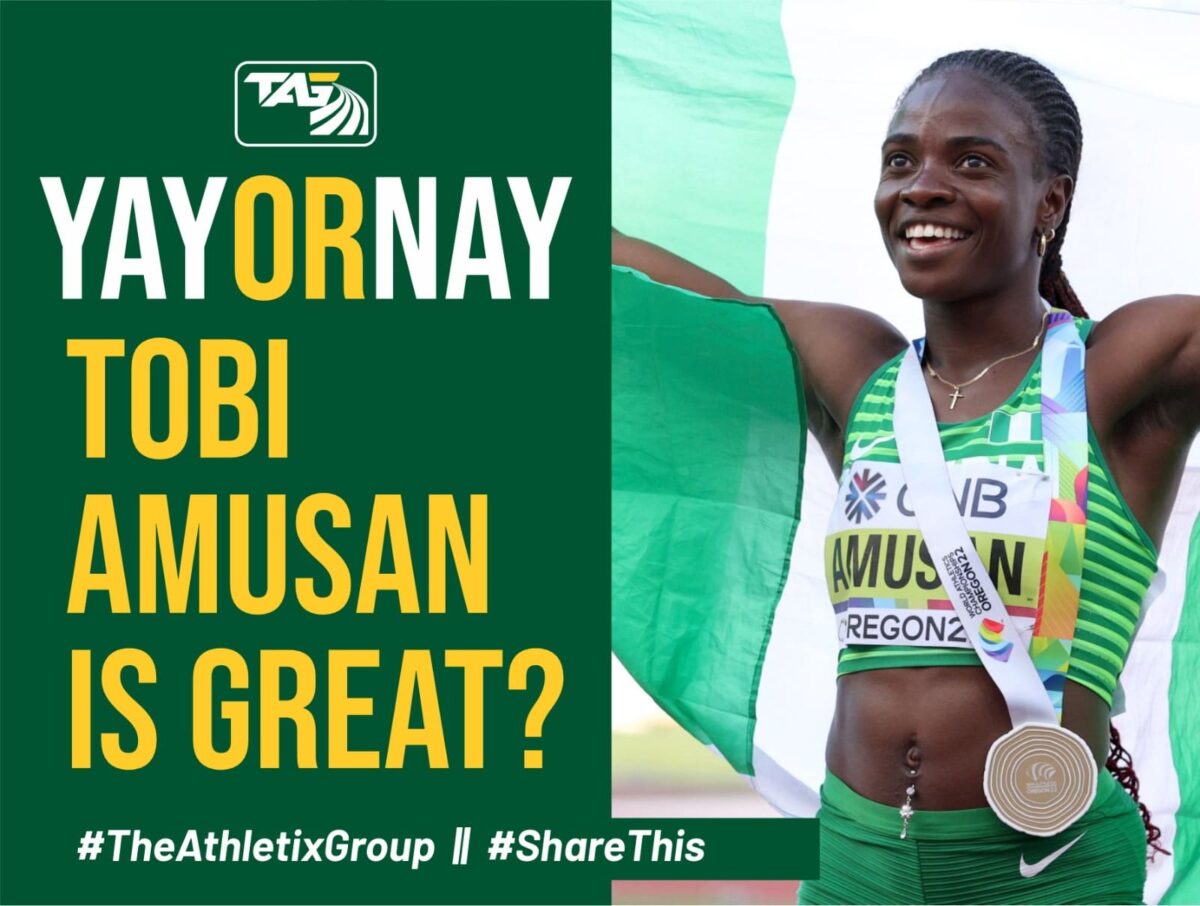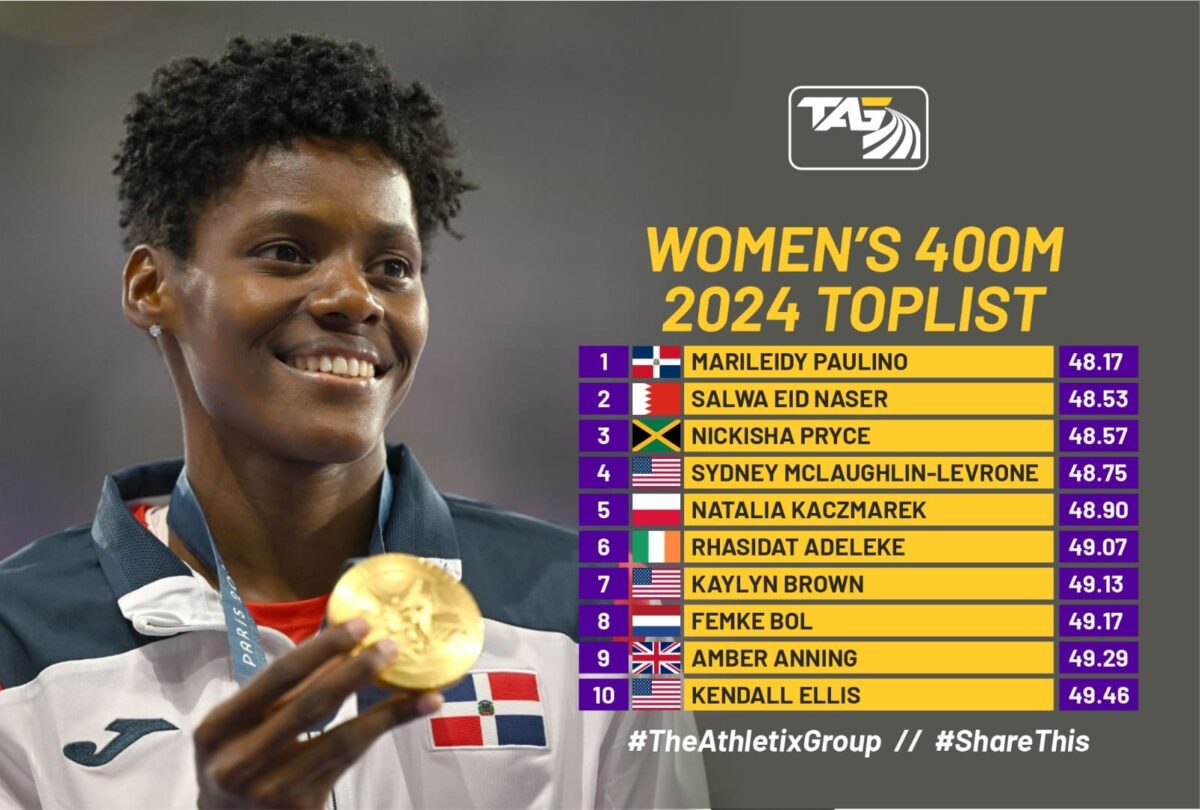
Arsenal wing duo on Nottingham Forest radar
July 29, 2025
Optimizing dental care for athletic performance – ELITETRACK
July 29, 2025
The checkpoint is right ahead, your streak is on the line, and you’re so close to beating the person above you on the leaderboard. The thing is, this isn’t a game of Super Mario Bros., but rather your much-needed Sunday workout. Those game-like qualities on apps and platforms are what keep motivation alive and athletes invested in their progress. While athletes, especially at the elite level, have long developed their own drive and determination, gamified training tools provide an extra kick that keeps them engaged even on their toughest days.
The Science Behind Gamification
Gamification is all about borrowing tricks and mechanics from game design and using them as behaviour-shaping tools in other contexts. Some examples include streaks on language learning apps like Duolingo and mental health apps that use challenges to promote mindfulness.
The crux of it is the engagement loop, which is the cycle of performing an action, getting the reward or feedback needed to continue, and finally, having the motivation to keep the cycle going. That’s exactly why, when we play video games or play classics in addition to the newest titles at a casino, we find it hard to stop even when it’s time to quit. Each time we complete those cycles, our brains release the feel-good chemical dopamine, which reinforces that behaviour.
Gamification Mechanics in Elite Sports Training
In sports training specifically, gamification is powerful because it breaks down long-term, complex goals into bite-sized challenges that feel within reach. Especially for elite athletes who typically have career-defining goals like making the Olympics or qualifying for a world championship, the pressure to perform can be relentless. Sports training platforms that make use of gamification elements can help athletes stay on track without burning out.
Streaks and progress tracking are among the most recognizable gamification mechanisms in fitness. Scientifically, training gains and athletic progression require consistency, and these features help reinforce that. Steady effort is rewarded instantly with visual badges and streak contributions, so athletes don’t have to wait to see their payoff. While physical results take longer to show, their discipline gets to manifest in something tangible right away. With progress tracking, platforms will often showcase detailed statistics about workouts and physiological metrics through graphs and infographics, giving users insight into what’s really going on. All this data helps adjust training on the go and celebrate mini milestones once hit.
Some apps, like Strava and Zwift, even feature global, regional, and local leaderboards that introduce a social element into the mix. Strava is famous for its achievement system, featuring the King/Queen of the Mountain awarded to the top performer in a certain course or segment, trophies for the top 10, and more. There are also time-sensitive challenges like “Climb 2,000m in a month” or “Run 100k” this month, with the potential to win rewards.
Since live races are central to Zwift’s experience, its real-time leaderboards show riders exactly where they stand, just like in a real race. In true gamified fashion, it creates a dynamic feedback loop that encourages racers to pass the rider ahead and avoid competitors from catching up. It’s an excellent visual feedback system that one-ups the classic indoor biking experience and taps into the brain’s reward system. While team sports provide a built-in camaraderie that supports motivation, gamification reinvents solitary workouts through social and competitive features.
And it’s not just direct and obvious gamification that’s being put to work nowadays. The novel WHOOP wearable zeros in on recovery and health metrics, which are a much more invisible aspect of athletic performance. It uses gamification-like qualities such as real-time feedback (strain and recovery scores) and goal-setting and tracking to give athletes a score to understand and then improve on, similar to levelling up or earning XP in a video game.
While it doesn’t feature classic elements like points and leaderboards, it turns health optimisation into a fun daily challenge by turning recovery data into a quantifiable score. Elite athletes undergo regular assessments, but continuous daily feedback means they can adjust and work towards a constant goal.
The Lasting Benefits of Gamification
Despite all its benefits, is gamification merely a momentary high? Fortunately, no. Much like your game will save and your avatar can continue to level up, the benefits of gamification in sports only build over time. These game-like elements act as intermittent reinforcements, so athletes can stay consistent, amplify discipline, and stick with those demanding routines for the long haul.
When training becomes a game, there’s a lot of reframing happening behind the scenes. Abstract goals gradually become more tangible along the way, and there’s a reason to celebrate those smaller milestones rather than pushing through without recognition. Gamification also fosters mental resilience by reinterpreting setbacks as nothing more than another challenge to overcome. In the high-pressure world of elite sports, keeping burnout at bay is what helps keep athletes in the game longer.
Welcome to Training 2.0
Technology is growing more sophisticated as time goes on. We’ve seen simple heart rate monitors turn into full biometric dashboards and simple step counters turn into smartwatches integrated with smartphones. Athletes can now track all kinds of metrics, from blood oxygen saturation to electrodermal activity, throughout the day without having to wait for their next physical or coached training session. Thanks to gamification, it’s not just the statistics and data that matter, but how they’re turned into milestones and challenges that keep athletes mentally sharp and on their toes.







